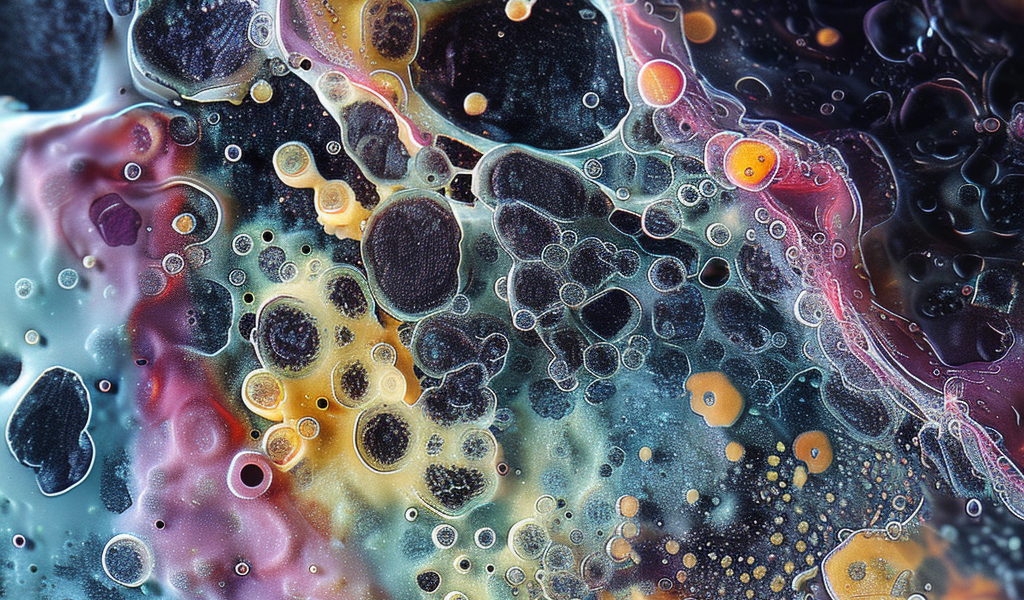Scientists have made a groundbreaking discovery by finding microplastics in human penises for the first time, raising concerns about the potential health implications of these tiny particles. The study, published in IJIR: Your Sexual Medicine Journal, revealed that seven different types of microplastics were identified in four out of five samples of penis tissue taken from five men.
Microplastics are polymer fragments that can vary in size from less than 0.2 inch (5 millimeters) to as small as 1/25,000th of an inch (1 micrometer), with nanoplastics being even smaller. These particles are formed when larger plastics degrade chemically or physically into smaller pieces.
Experts warn that some of these minuscule particles can infiltrate individual cells and tissues in vital organs, indicating an increasing presence of microplastics in the human body. The lead author of the study, Ranjith Ramasamy, an expert in reproductive urology, utilized previous research that found microplastics in the human heart as a basis for this investigation.
Ramasamy noted that the discovery of microplastics in the penis was not unexpected, given that the organ is highly vascular, similar to the heart. The samples were collected from men diagnosed with erectile dysfunction (ED) who were undergoing surgery for penile implants at the University of Miami.
Chemical imaging analysis of the samples revealed that four out of the five men had microplastics present in their penile tissue, with polyethylene terephthalate (PET) and polypropylene (PP) being the most common types detected.
While the confirmation of microplastics in penile tissue is significant, further research is necessary to explore potential links to conditions such as ED. Ramasamy emphasized the need to determine if microplastics are associated with ED and at what level they may cause pathology, as well as identifying which types of microplastics could be pathogenic.
This study aims to raise awareness about the presence of foreign bodies within human organs and stimulate additional research in this area. The implications of these findings could have far-reaching effects on understanding the impact of microplastics on human health and well-being.





